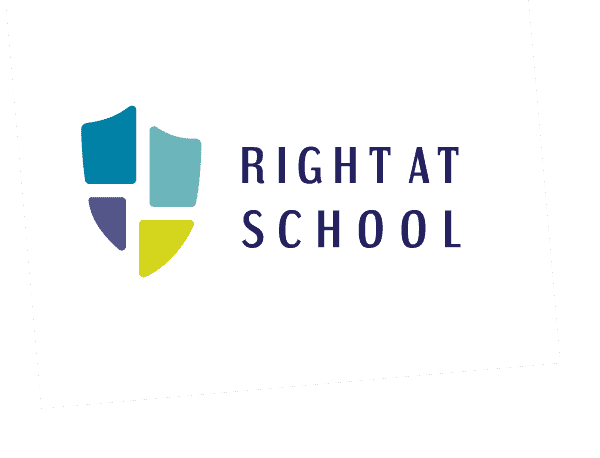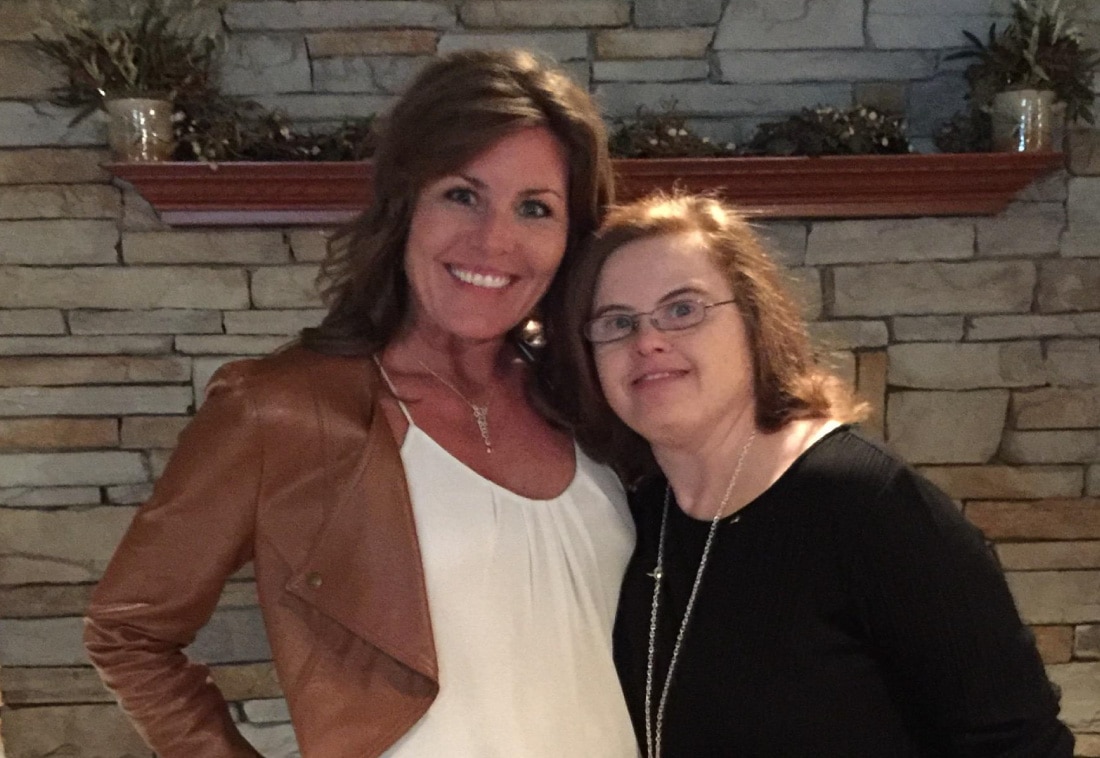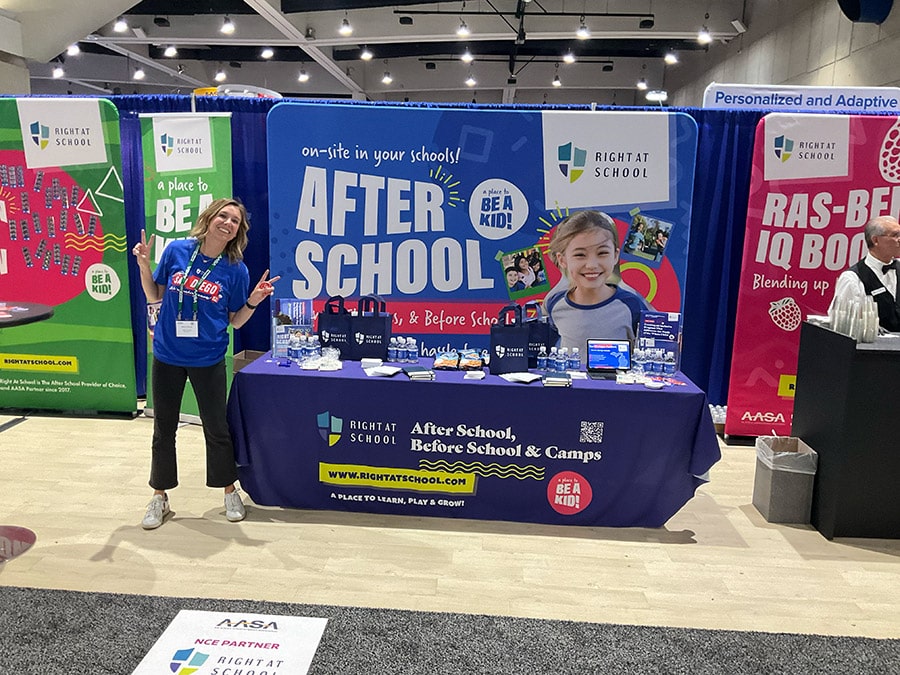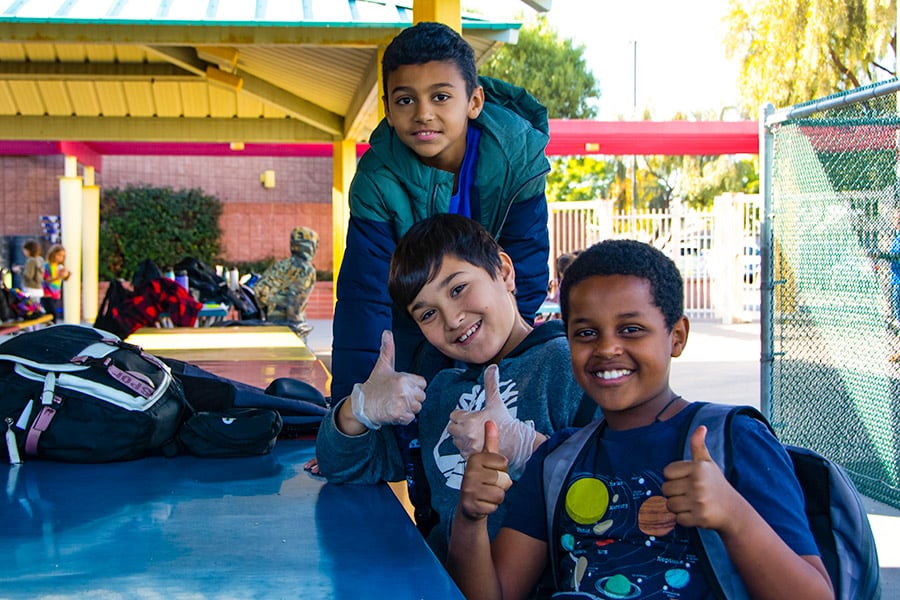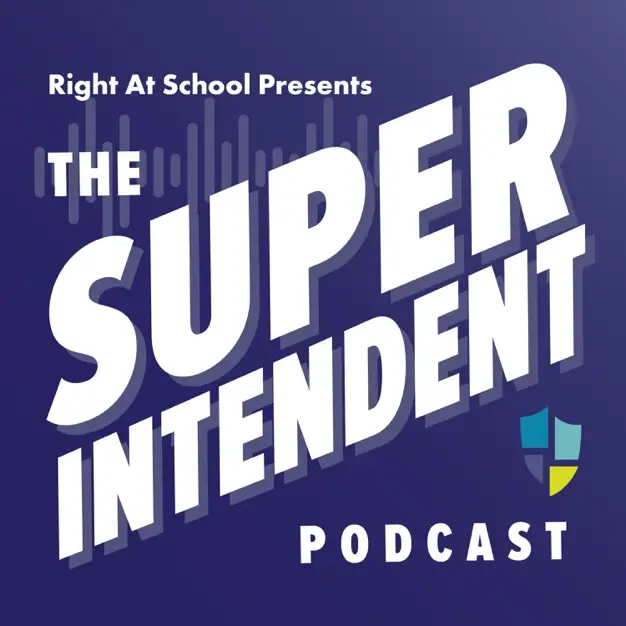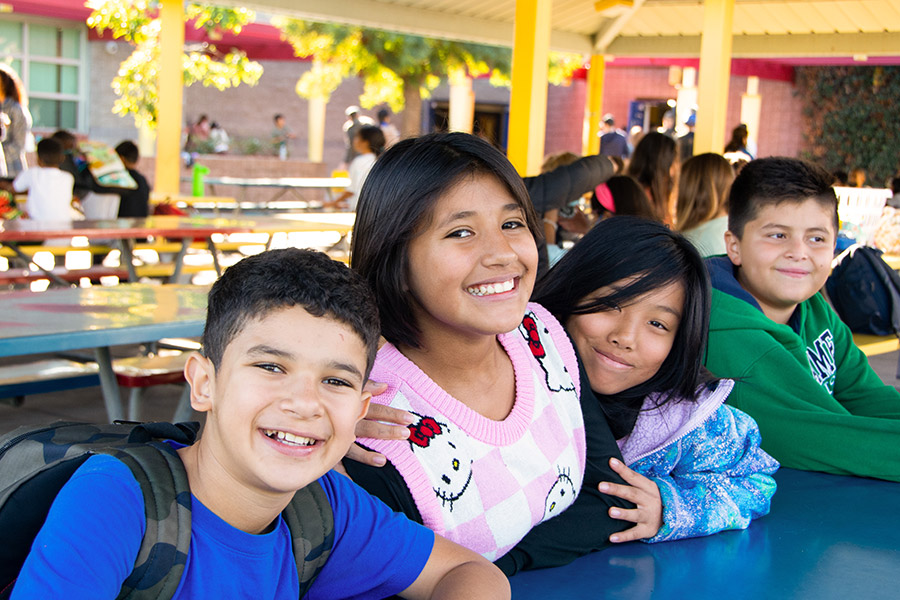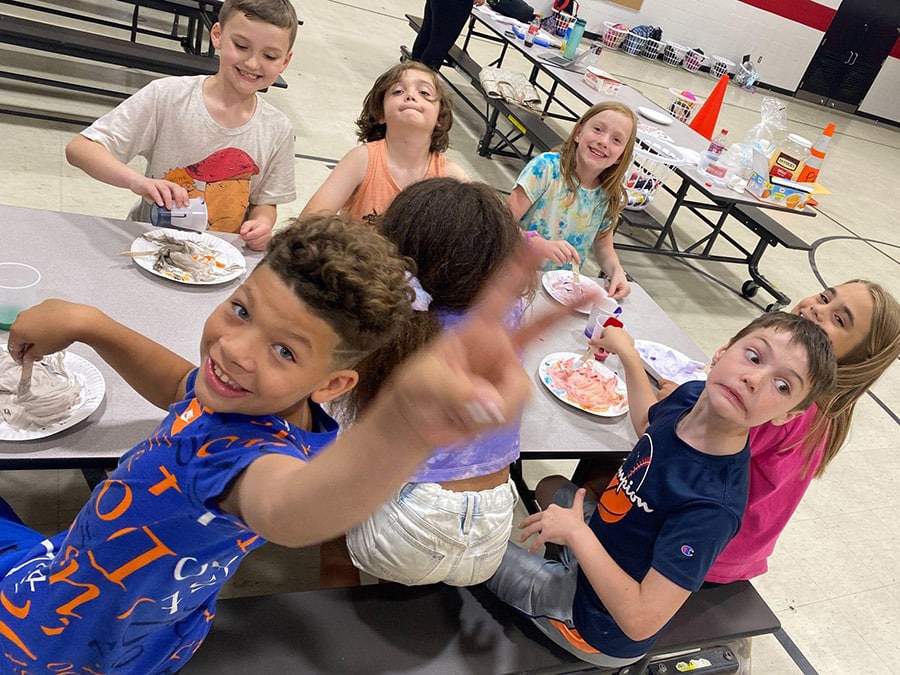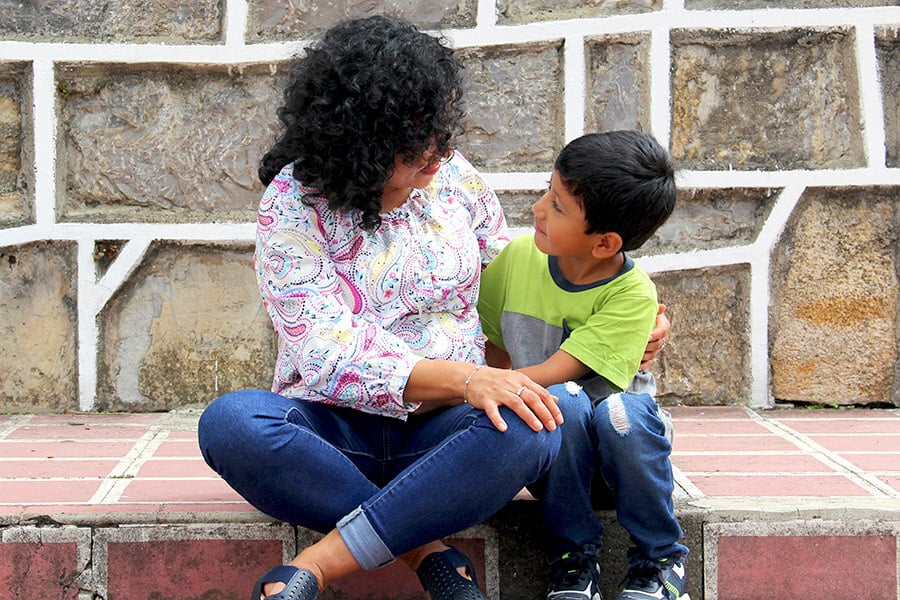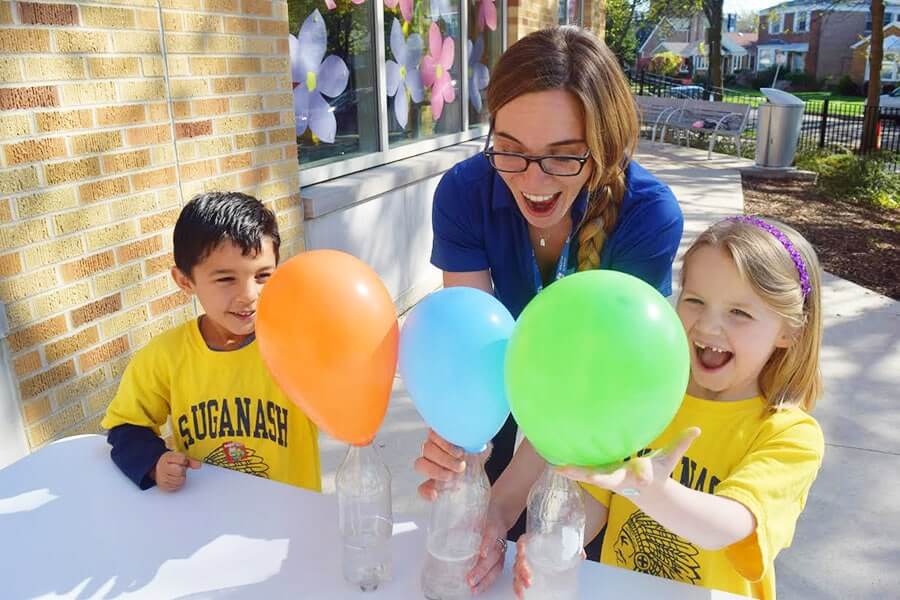
By Dr. Dawn Bridges, Vice President of Educational Affairs
Addressing today’s educational challenges requires more than an exceptional leader. In every conversation I have with educational leaders, teachers, and parents, one theme comes up over and over – schools cannot do this work alone. Supporting student success inside and outside of the classroom requires building strong relationships.
Pressures on district leaders have been at epic levels since 2020. In my travels across the country, many leaders have expressed to me how alone they feel, particularly in these turbulent times. To achieve the best outcomes for students, none of us can work in isolation. We need to work smarter, not harder — and that will require the entire district community.
Collaborative leadership is about empowering one’s entire team. It’s about working across departments and divisions. It’s about coming together to make decisions and take actions to solve our most pressing problems and achieve our most important goals.
Here are a few steps that leaders can take to inspire and sustain a more collaborative approach to student success across the school system.
Break down silos and redefine roles.
Working in silos — e.g., in different departments or roles — limits possibilities. Collaborative leadership encourages the active contribution of all stakeholders. This includes district and school administrators, teachers, support staff, students, families, community members, and partner organizations.
AASA, The School Superintendents Association, urges a vision of public schools as “future-driven, rigorous, energetic, and culturally vibrant learning ecosystems—where leaders, administrators, teachers, learners, families, and communities work together to redesign the school system, reengineer instruction, and co-author personalized learning for ALL learners.”
Thought leaders in education, business, community, and philanthropy are already working to make this vision a reality. The Learning 2025: National Commission on Student-Centered, Equity-Focused Education calls for holistic redesign of the public school system by 2025. As the commission stated in an April 2021 report, “While superintendents maintain the lead responsibility for systemic redesign, everyone in the learning ecosystem must lead, teach, and learn.”
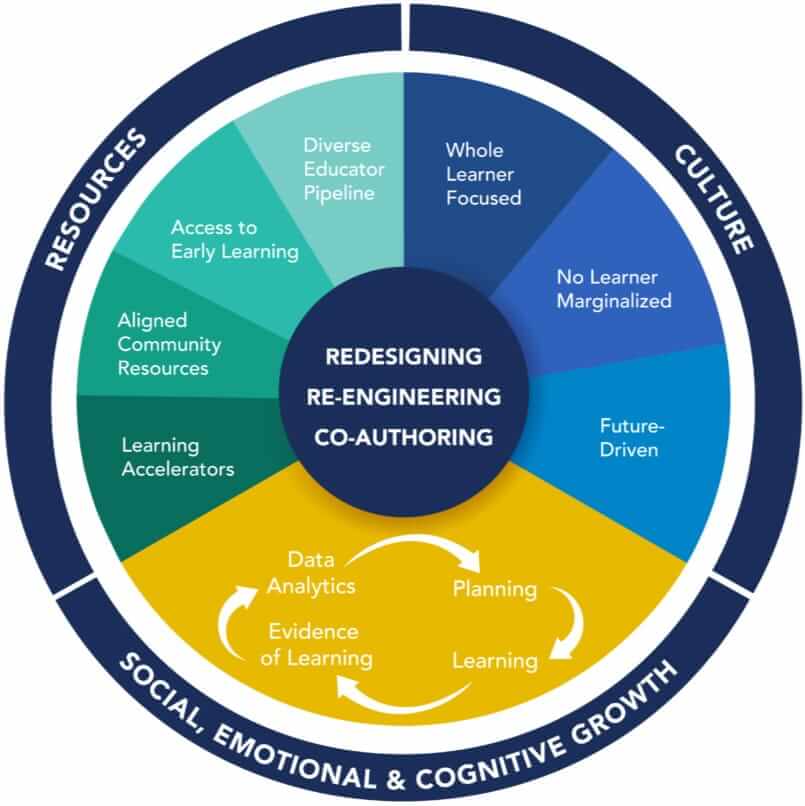
Create clarity of purpose.
An important element of collaborative leadership involves co-creating strategic goals and objectives. Championing goals that are student-focused helps encourage buy-in among all stakeholders. It makes it easier for individuals to leave their personal agendas behind and to direct their energy to what matters most — the students.
Having clarity of purpose provides every member of the district team with a clear destination. It motivates them to be more effective in their individual roles and encourages a feeling of ownership over the district’s future and the outcomes of students. It also builds a sense of community and helps team members keep their eye on the prize, even when things get tough.
Establish open communication.
One of the best ways to build trust as a collaborative leader is to establish and encourage open communication. A two-way flow of information not only increases ownership in district initiatives, but it increases transparency, too. When leaders create a caring, nonjudgmental environment where team members feel safe sharing information and ideas, creativity and innovation can flourish.
Ensure everyone has a voice.
When team members feel like they have a voice and that their voice is respected, they become more invested and more fully appreciate the role they play in students’ success. That feeling that they are essential (and they are!) helps to sustain their involvement and support over time. It also builds confidence and motivates them to persevere through challenges.
In addition, giving a voice to all stakeholders creates an optimal environment for innovation. Harnessing the power of individuals with diverse knowledge, skills, and life experiences can open the door to creative approaches and solutions that may have never been considered before.
Include district and school partners, too.
Trusted partners such as Right At School can also be an important member of the district team. We can provide thought leadership in strategic areas and offer fresh insights and ideas — as well as lessons learned — from other districts. We can increase the district’s capacity to support students and families, strengthen school-home relationships, and achieve key goals.
Paving the way to collaborative innovation and success
People have a tendency to support what they help create. Collaborative leadership helps stakeholders at all levels feel like a valued part of the district team. This inclusion and empowerment unleashes new potential to tackle challenges, and to set and achieve more ambitious goals. It also takes the pressure off of district leaders since they no longer have to go it alone. Collaborative leadership leads to collaborative innovation — and helps create an organization that is greater than the sum of its parts.


Dr. Dawn Bridges
Dr. Dawn Bridges has over 25 years of experience in the fields of education and professional learning, having held the roles of teacher, reading specialist, special education coordinator, principal, and assistant superintendent for curriculum and instruction. She has dedicated her career to ensuring that all students have the support they need to thrive in and out of school. You can follow Dr. Bridges on LinkedIn and Twitter and subscribe to the RAS blog to keep up with her work.
